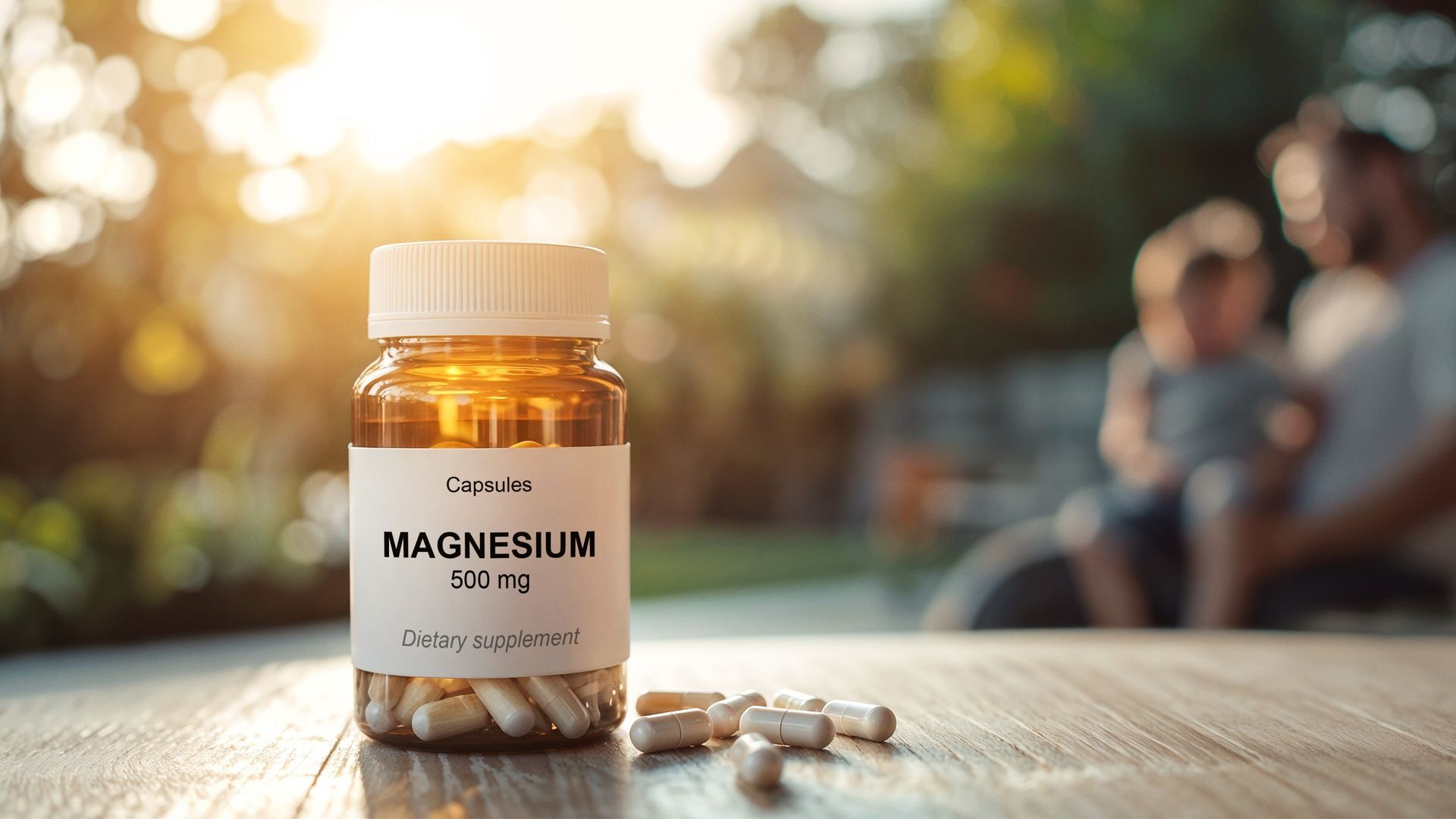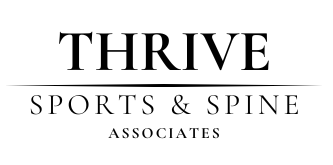What's the big deal about SUGAR?

Why You Should Avoid Refined Sugars: A Wellness-Based Perspective
At Thrive Sports & Spine, we’re all about helping you feel, move, and live better—and that means paying attention to what you put in your body. One of the biggest offenders when it comes to sabotaging your health? Refined sugar.
But what exactly makes sugar so harmful? And why do we encourage our patients in Somers Point, Vineland, and across South Jersey to cut back on it?
The Truth About Refined Sugars
We all know sugar can cause weight gain—but that’s just scratching the surface. Here’s what refined sugars are really doing inside your body:
- Leads to weight gain and fat storage: Your body converts excess sugar into fat, which often accumulates around the belly—raising your risk for metabolic issues.
- Increases risk of chronic disease: High sugar intake disrupts insulin levels and contributes to conditions like Type 2 diabetes, heart disease, and fatty liver disease.
- Contains zero nutrition: Refined sugars are empty calories—no fiber, no vitamins, no minerals.
- Highly processed and harmful: Especially forms like high fructose corn syrup, which spike triglyceride levels and increase inflammation in the body.
- Addictive: Sugar stimulates dopamine, the “feel-good” brain chemical—creating cravings and dependency.
- Depletes your nutrient stores: It leaches essential nutrients, especially B vitamins, which support your nervous system and brain health.
- Destabilizes blood sugar: The quick spike and crash cycle causes irritability, low energy, and repeat cravings.
At Thrive, we often see clients struggling with fatigue, joint pain, mood swings, and brain fog—symptoms that can often be traced back to poor dietary choices, especially sugar overconsumption.
How Much Sugar Is Too Much?
The average American consumes over 70 grams of added sugar daily—far exceeding recommended levels. This isn’t just about managing weight; it’s about protecting your brain, gut, immune system, and heart.
Too much sugar can lead to:
- Brain fog, forgetfulness, and lack of mental clarity
- Increased anxiety and emotional instability
- Chronic fatigue, sluggish recovery, and even palpitations
If you're experiencing any of these symptoms, it's time to look at your sugar intake. At Thrive Sports & Spine, we take a whole-person approach to healing, and nutrition plays a major role in that.
Natural Sugar vs. Refined Sugar: Is There a Difference?
Absolutely. Here’s the breakdown:
Refined Sugar
Fast-digesting, stripped of fiber and nutrients. This causes immediate blood sugar spikes and crashes, leading to hunger, cravings, and inflammation. Think: sodas, pastries, candies.
Natural Sugar
Found in foods like fruit, raw honey, and maple syrup—these sugars come with fiber, antioxidants, and vitamins that help slow digestion and stabilize blood sugar levels.
✅ Example:
- An apple gives you natural sugar + fiber, vitamins, and antioxidants.
- A donut gives you sugar + a crash + zero nutritional value.
Note: Even natural sugars should be consumed in moderation. Overdoing it can still cause metabolic stress.
Sugars to Avoid
For optimal wellness and recovery, especially if you're addressing inflammation, joint pain, or adrenal fatigue, try to steer clear of these:
🚫 White sugar (table sugar)
🚫 High Fructose Corn Syrup (common in processed drinks and snacks)
🚫 Sucrose, Dextrose, Fructose (often hidden in ingredient labels)
🚫 Artificial sweeteners (Aspartame, Sucralose, Saccharin)—chemically processed and possibly worse than sugar
Better Sweeteners: Healthy Alternatives
We know quitting sugar cold turkey isn’t realistic for everyone. Instead, swap in natural sweeteners that offer real benefits:
✅ Raw honey – antimicrobial, loaded with antioxidants
✅ Pure maple syrup – rich in minerals, great for baking
✅ Molasses – contains iron, calcium, and potassium
✅ Date sugar, coconut sugar, or sucanat – less processed, gentler on blood sugar
✅ Piloncillo (Mexican brown sugar) – raw, unrefined cane sugar
✅ Fruit purees – applesauce or mashed banana for baking swaps
✅ Dried fruits – dates or raisins for natural sweetness + fiber
These swaps won’t just satisfy your sweet tooth—they’ll support your gut health, hormone balance, and energy.
Final Thoughts: Making Smarter Choices for Long-Term Health
You don’t have to eliminate sugar completely. (We’re not monsters—we love a good churro too!) But being mindful of your sugar intake and making smarter substitutions can go a long way in improving your energy, brain clarity, joint recovery, and even sleep quality.
Here’s your sugar-smart cheat sheet:
- Sugar is addictive and offers no nutrients
- It affects your brain, hormones, metabolism, and mood
- Natural sugars are better, but moderation is key
- Choose real food alternatives and ditch the refined junk
At Thrive Sports & Spine, we believe in empowering our patients through education and functional nutrition. If you're struggling with fatigue, chronic pain, or weight loss resistance, addressing sugar could be the game-changer your body needs.ss resistance, addressing sugar could be the game-changer your body needs.
Want personalized support on reducing sugar and improving your health?
Contact Thrive Sports & Spine today or visit one of our chiropractic and wellness locations in Somers Point or Vineland, NJ.












